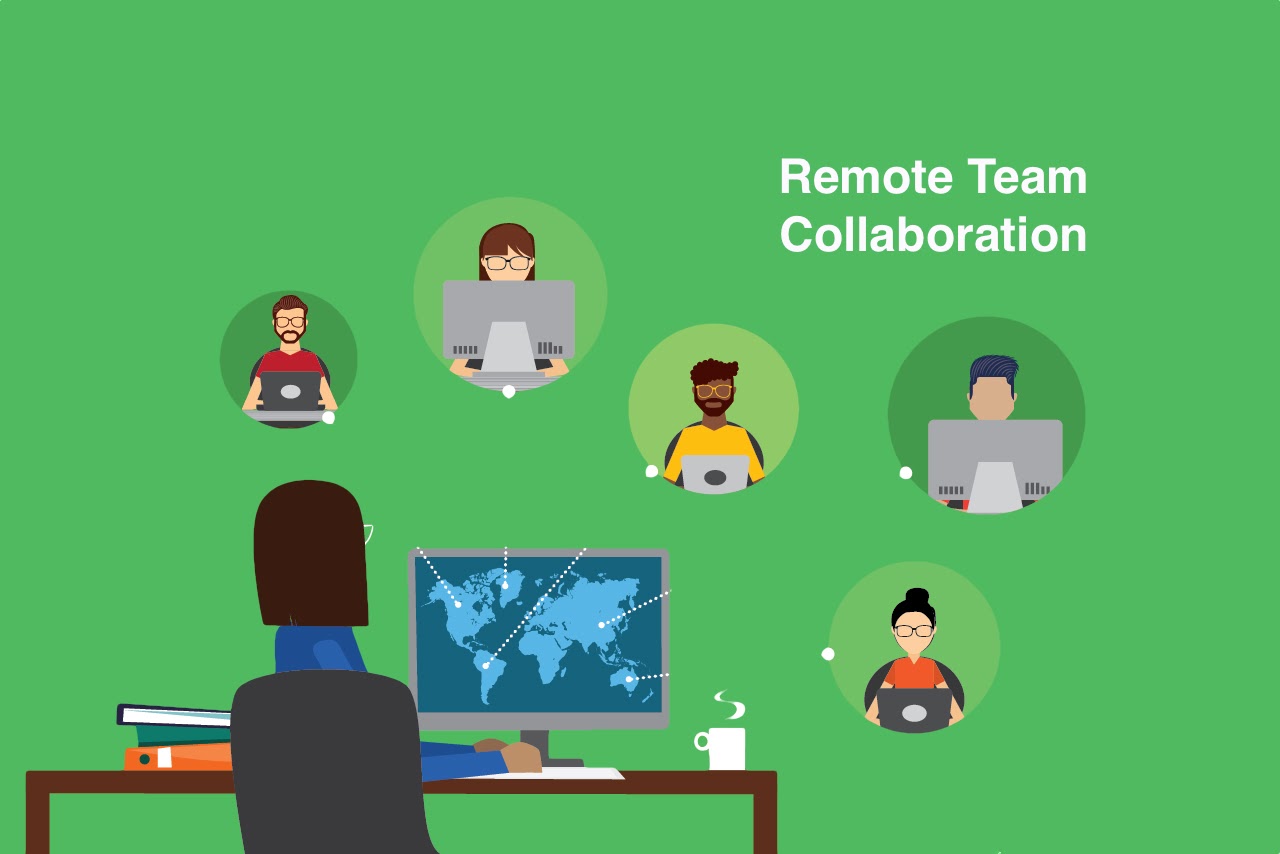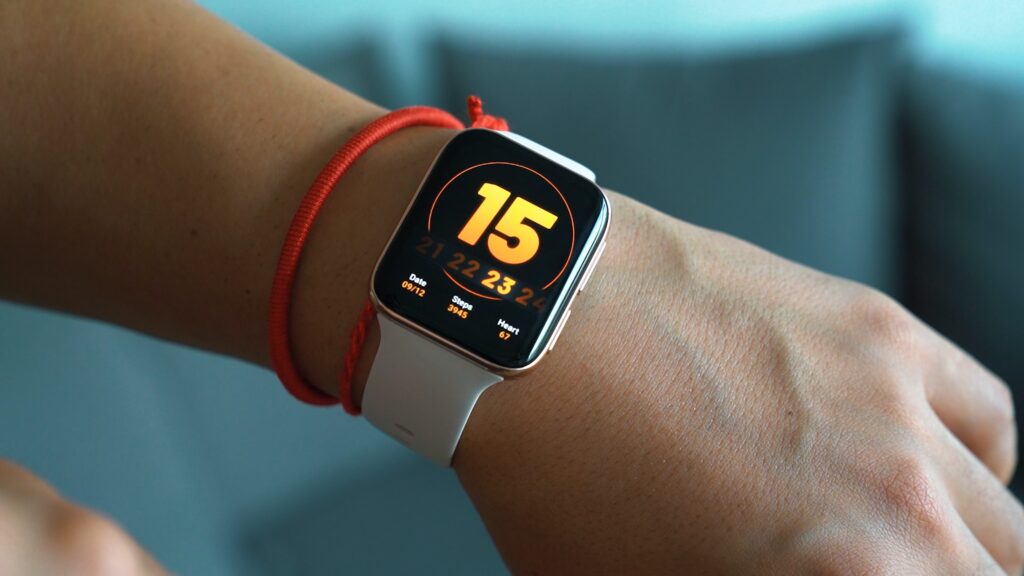As a teenager, the general consensus among my peers was that I was a snob. In fact, even my family, especially my mom interpreted my actions as one of pride. It would be years later before many understood that, when I wasn’t responding to conversations properly, it was simply because, as someone who is hard of hearing, I did not hear them and not that I was a snob or a proud person. This is similar to what happens on the world wide web. Someone sees a piece of shocking news, immediately forwards it to ten of their friends, who each, also forward it to twenty of their friends, and before you know it, millions are taking action based on that shocking news. But what if it was fake news?
Fake news has disastrous consequences. It has been known to cause violence, disintegrate trust, loss of money and resources, and almost a civil war. In this post, I will be giving you all you need to know to spot fake news and information online. Knowing this would make for a safer online world and digital life for you and your loved ones.
What is Fake News?
Let’s get the definition out of the way, so we are both on the same page. What do I mean when I say fake news? It could mean either of two things.
- Fake news could mean news and stories that are not true. Everything is just a lie and from someone’s imagination.
- Fake news could also mean news and stories that are not completely true. You know, news with some truth, while the rest are just lies. Or news where the truth has been exaggerated or distorted. They are fake news.
From the definitions of fake news by the New York Times and PolitiFacts as curated by the Toronto Public Library, one keyword stands out: FABRICATION. The creators of fake news aim to spur people into action like clicking on a link and visiting a website, spreading hate and negative attitudes towards a particular individual, group, tribe, or organization, or even country.
Actually, the fake news sword is a two-edged one. Even where the news item is factual, true, and verified, it could be tagged fake news by those who want to discredit the news because it is not in their favor. This was rampant during the 2016 US elections.

Fake News and Social Media
Social media helped turned the world into a global village, at the same time, it made it easy to disseminate news (fake and real) faster. As if that wasn’t enough, some of the fake news also find their way to users feeds through paid ads. A co-founder of Twitter and Medium, EV Williams, has called out Mark Zuckerberg, Facebook’s founder on this menace.
How to Spot Fake News
Who is the sharer?
This is important because, when one receives fake news from someone they trust, they are less inclined to verify the truth.
Who is the Author?
If you come across the news directly, before rushing to share with others, check out who the author is. One red flag for spotting fake news is when no author is attributed. A journalist or writer who has put in good research into an article will have no trouble appending their name to their work. Knowing the author’s name is not enough. You also need to find out if this author has the requisite credentials and experience writing about such topics. What other articles have they written? Do they belong to the staff of a reputable news outlet? This is important because usually, reputable news outlets have policies that guide their journalists and independent contributors.
When was it Published?
Time plays a huge role in spotting fake news. Remember I mentioned that fake news could be news that is not 100% true. Updates on the news item may not have been published. This is also why most news sites timestamp their articles and also add a disclaimer about updates at the beginning or end of the article.
Where is the news from?
This is where you check for the authenticity of the website or platform where the news comes from. After checking that the URL is correct, the first place to start is their about, which you can find either at the top or bottom of the website. Does their about match with the news? For instance, you should be wary about trusting news about famine from a website that says they cover space news in their about.
We talked briefly about social media earlier, pause before sharing news you find on social media sites. Some social media sites introduced verification for the purpose of curbing fake news. Did you come to Twitter to find that the London Bridge is falling down? You want to confirm the tweet came from a blue-ticked handle. Even this is not fool-proof as there were some high-level hacks of verified handles on Twitter last year.
What is the Content?
In addition to the authenticity of the website, you should also check for the authenticity of the content. Are there links to verify facts cited? Check for bias to be sure all angles and sides of the news are discussed. News reports are supposed to be subjective and not seen to promote a particular viewpoint. Depending on the language the news item has been published, you should check for grammar, spelling, and other errors. Verifiable news from reputable sources will have passed through several stages of writing and editing before it is published to the public.
Still, on content, extra care needs to be taken to check that the media contained in the news piece is authentic. This can be hard to verify especially with technologies like photoshop and deep fakes. You can always use Google reverse image search for the news item to see if other reputable sites have the same image.
Who Benefits?
This might seem strange, but is actually a very smart and fast way to see if you need to be skeptical. As I have earlier mentioned, the main goal of creators of fake news is to elicit an action from the readers. Before acting on possible fake news, ask yourself, who benefits from this news?
Pass it through the 3-this litmus test
A millennium ago, it would take months, if not years for news to travel from a country to even its neighbor. Today, in the digital life we now live, news travel at the speed of light, if not faster. With just a click, news can go from one end of the world to another in seconds. The next time someone shares a news item with you, consider the 3-this litmus test of why this person is sharing this news with you at this time. All of this (pun intended) can help you weigh in on the authenticity or otherwise of the news item. For instance, baby boomers are more susceptible to sharing fake news, especially when the situation causing the news item is still ongoing. Granted, they share the news out of good intentions.
Beware of Bias
Unless you’re a robot, you definitely have some level of bias in play. How you also read news items could be biased. Don’t just rush to conclude that a news item is fake news just because you do not like the author, or the content, or the news outlet. Be conscious of the ever-present bias when identifying fake news.

Helpful Resources
I have iterated that being able to identify fake news and also report them is essential for a safe digital life for you, for me, and for everyone. Below are some helpful resources on fake news identification and reporting. I have listed them in alphabetical order. More will be added as I come across them.
- B. S. Detector: This is a browser plugin that notifies you when you are reading news from unreliable sources.
- FactCheck.Org: This nonprofit and nonpartisan website can be used to monitor the factual accuracy of what is said by US politicians. As we already know, politicians are generally prone to using strong language to manipulate the emotions of the masses.
- Snopes: A media site for fact-checking popular news reports.
- TruthOrFiction.Com: An independent site that focuses on myth-busting rather than everyday breaking news.
I hope you will also play your part in keeping the world wide web safe!

























